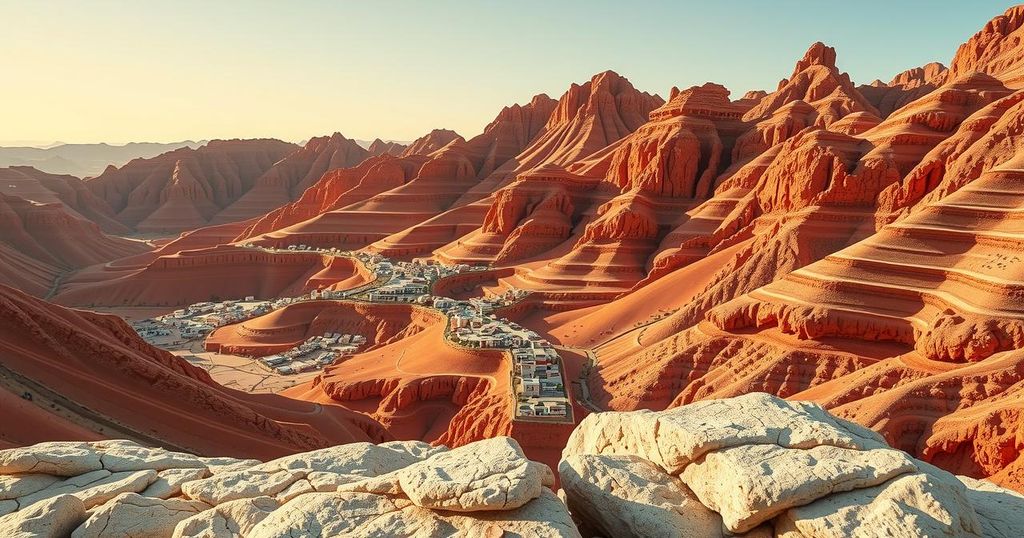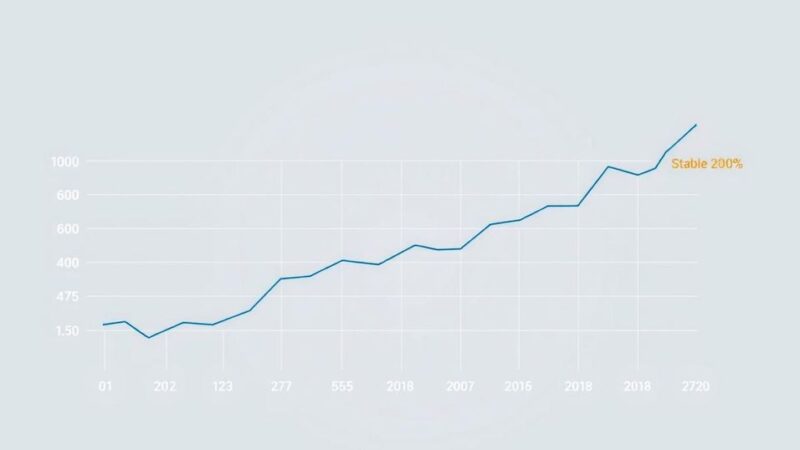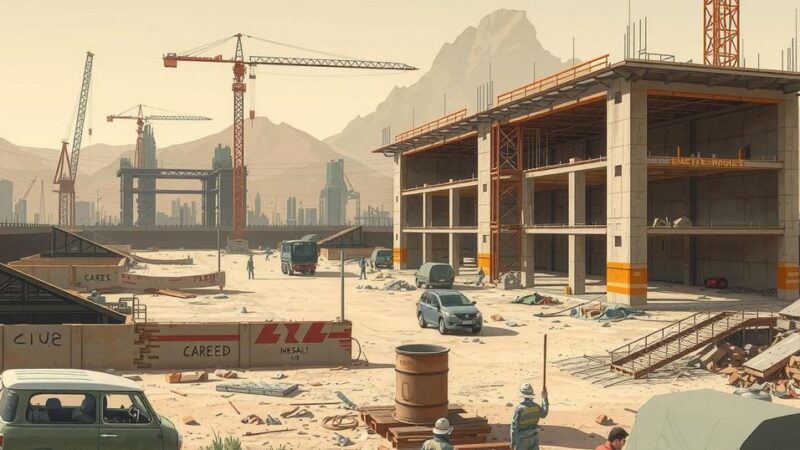- Morocco’s emerging cobalt production could shift global markets.
- Catalyst Mines Inc. discovered significant cobalt deposits in Amassine.
- The Amassine project may rival the historic Bou Azzer mine.
- China’s investments highlight the global strategic interest in Moroccan minerals.
- Growing electric vehicle demands could raise the stakes for cobalt sourcing.
Morocco’s Cobalt Market Set for Transformation
As the global enthusiasm for electric vehicles surges, cobalt sourcing has become an increasingly critical focus for automakers. The Democratic Republic of Congo (DRC) has long dominated this market, but emerging supplies from Morocco are changing the narrative. Tracy Hughes, Executive Director of the Critical Minerals Institute, notes that a low-carbon supply line from Morocco could be a game-changer, allowing North American and European manufacturers to establish an ESG-centric value chain that’s less reliant on the DRC.
Catalyst Mines Inc. and the Amassine Project
Catalyst Mines Inc., a key player in Morocco’s burgeoning cobalt sector, is placing the country back on the map with its Amassine project. Located in the Anti-Atlas region, the project has struck mineralization containing impressive amounts of chromium, nickel, and cobalt. This vast deposit, if fully realized, could provide Morocco with approximately USD $60 billion in cobalt-rich mineralized rock. With annual output expected to increase, this project promises to complement Morocco’s existing Bou Azzer mine while appealing to Western automakers who are desperately seeking alternatives to DRC cobalt.
Infrastructure and Demand: Key Considerations
However, simply identifying mineral resources doesn’t guarantee profitability; there are multiple factors at play. A cobalt-sulphate refinery near Marrakech, part of a hefty US $100 million investment, is anticipated to commence operations by 2025, aiming at producing battery-grade cobalt. Free-trade agreements with the EU and the United States add further appeal, positioning Morocco as a key alternative to DRC’s supply. Even so, the booming demand for cobalt could pave the way for Morocco to leap from being a small player to potentially becoming a significant global source.
Global Stakes: Chinese Investment and Influence
On another front, the increased interest from Chinese corporations underscores the strategic importance of Morocco’s cobalt resources. The China Overseas Battery Corporation is developing a nickel and cobalt refinery with Moroccan partners, highlighting the growing international competition for battery materials. Various partnerships aim to solidify China’s influence in the region while providing Western firms motivation to diversify their own sourcing strategies—especially pertinent in a market where supply disruptions can occur at any moment.
Local Development and Employment Opportunities
The region could see tangible benefits from responsible mining practices in the Amassine project. The local workforce would ideally benefit from job creation, enhancing living standards in an area struggling with high rates of unemployment. In contrast, the older Bou Azzer mine, while historically important, can’t support an expanding workforce like Amassine could. For policymakers, each step Catalyst takes can be viewed through the lens of economic opportunity—a chance to mirror the past success of the country’s phosphate industry by maximizing mineral resources and forging relationships with international partners.
In conclusion, as Morocco looks to boost its cobalt production, the Amassine project is poised to change the landscape of critical mineral sourcing. With plans for new infrastructure, increasing foreign investments, and a clear focus on environmentally sustainable practices, Morocco stands at a pivotal moment. A successful venture into cobalt could significantly elevate Morocco’s status in the global market while supporting local economies.






